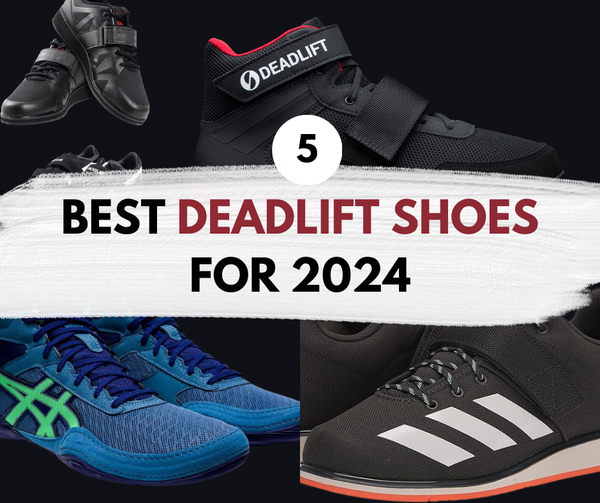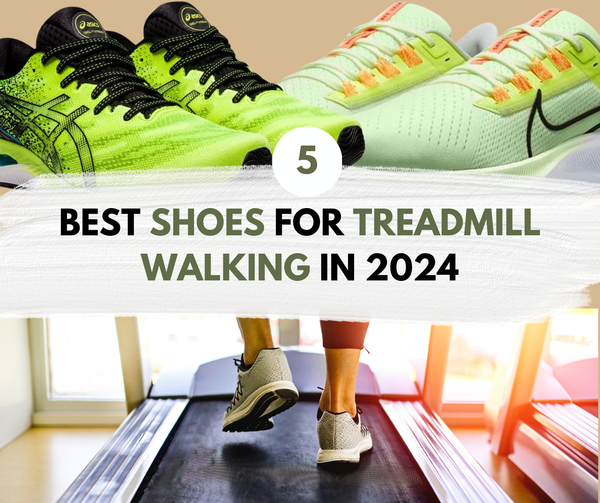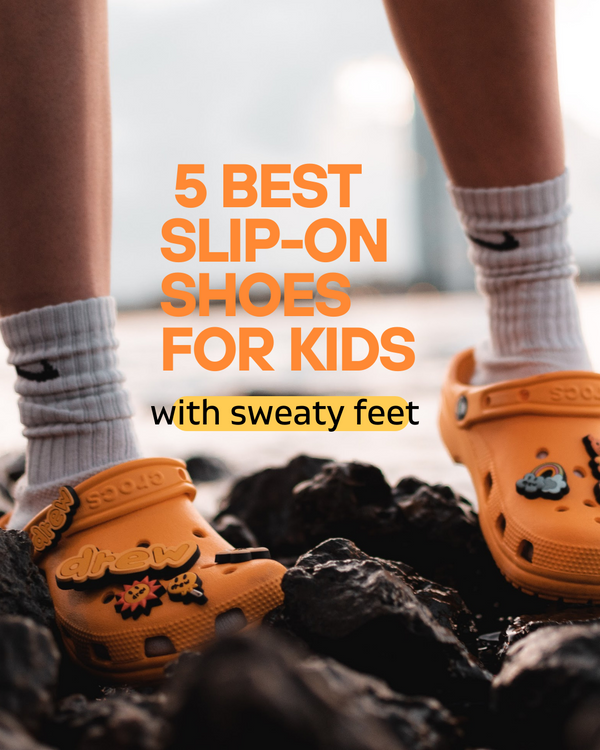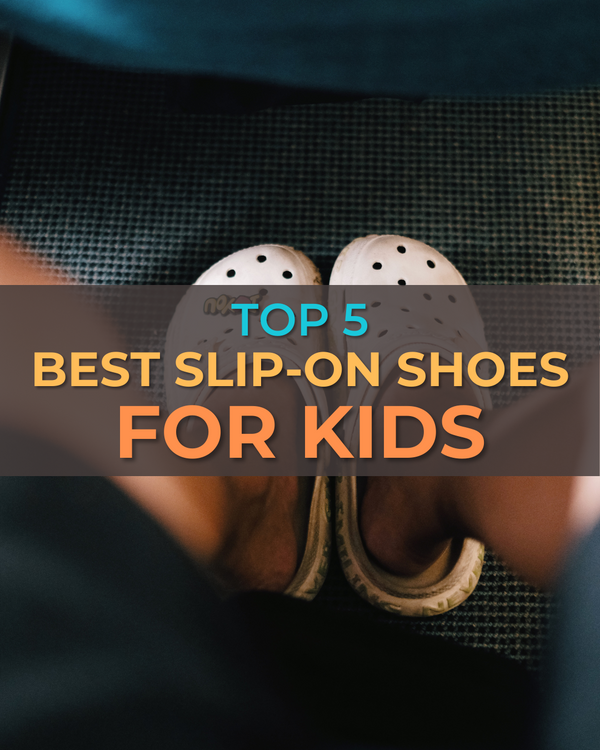Feeling the pain of bunions when you lace up your running shoes?
You don’t have to suffer through it any longer! Get Ready To Run has assembled the best 5 running shoes for those with bunions, so you can get back to your favorite sport without discomfort. From cushioning and arch support, to breathability and light weight design – we’ve got everything a runner with bunions needs in one spot.
Don’t let bunion pain ruin your run again! With these top-of-the-line running shoes, no matter how rigorous or long your workout is, each step will be comfortable and powerful — allowing you to feel great as soon as you finish lacing them up.
Check out our website now to find your perfect pair of running shoes for bunions today!
Asics GEL-Nimbus 22
This shoe is great for runners with bunions because it features extra room in the toe box, allowing your feet to move freely while still providing ample cushioning and support. The GEL cushioning system helps absorb shock and reduce joint pain, while the FlyteFoam midsole provides additional comfort and stability.

Brooks Women's Adrenaline GTS 20
A Perfect Blend of Support, Cushion, Flexibility, and Reliability
Brooks Adrenaline GTS 20
If you’re looking for a shoe that provides maximum cushioning while still being lightweight, then this is the perfect shoe for you. It has an extra wide toe box to accommodate bunions, and its DNA LOFT midsole cushions each step so you can run comfortably. Plus, it also has a mesh upper which allows your feet to breathe more easily as you run.
Mizuno Wave Inspire 16
This shoe is designed with a Wave Technology sole which helps disperse impact throughout your foot for better shock absorption and stability. It also features a wide toe box so your feet don't get cramped up when running with bunions. Additionally, the U4icX midsole adds extra cushioning and support without adding bulk or weight to the shoe itself.
Saucony Women's VERSAFOAM
If you're looking for a shoe that will not only provide ample comfort and support, but also the protection your feet need to remain healthy, then the Saucony Women's VERSAFOAM Cohesion 12 is the perfect choice. These shoes feature an innovative and unique design specifically developed to address bunions and alleviate related pain. Featuring a luxe cushioning system in the footbed, these shoes will ensure your every step is supported from heel-to-toe. In addition, they come with a special TruFlex outsole that offers superb flexibility and grip so you can move comfortably without any worry of slips or falls.
Nike Zoom Vomero 14
If you're looking for a lightweight yet durable running shoe that offers plenty of cushioning and support then this may be the perfect choice for you! It features Zoom Air technology in its midsole which absorbs impact from heel-to-toe reducing stress on bunion joints during long runs or races as well as providing superior responsiveness on shorter jogs around town! Plus its engineered mesh upper helps keep cool air circulating through your foot preventing sweat build up which often leads to blisters or chafing while running!
Frequently Asked Questions
How do I keep my running shoes from getting bunions?
Make sure you have proper footwear! Having good-fitting shoes is essential for reducing potential strain on your feet while you're running.
What are the worst shoes for bunions?
When shopping for shoes that are best for bunions, look for ones that have a wide toe box. This will provide plenty of room at the front of the shoe so your big toe won’t be forced into an unnatural position or crammed in too tight. Also, avoid pointy-toed styles which tend to squeeze toes together and put pressure on bunions. Instead, opt for rounded styles which add wiggle room around problem areas like a bunion.
How do bunions affect running?
The primary impact that a bunion has on running is in terms of comfort. With a bunion, runners often experience severe pain when running, due to the extra pressure placed on their feet as they push off with each step. This makes it hard for them to run comfortably or actively enjoy the exercise like they would without bunions.
Will running make a bunion worse?
The short answer to this question is: it depends. Running can make a bunion worse if the right precautions aren't taken, but it doesn't necessarily have to. It all depends on how you approach running while dealing with a bunion.
What do athletes do for bunions?
When it comes to bunions, athletes have a few different options for relief. The most common and recommended treatment is to treat the inflammation associated with the bunion. This can typically be done through simple self-care measures such as wearing comfortable shoes that offer plenty of room for your toes and avoiding activities that aggravate or cause pain in the joint. Additionally, icing the area several times per day and taking anti-inflammatory medications such as ibuprofen may help reduce swelling in some cases.
What foot shape is prone to bunions?
Foot shapes that are prone to bunions are generally those with a higher arch. People with high arches tend to put more pressure on the outside of their feet, which can cause them to roll inwardly as they walk. This condition is known as overpronation, and it causes pain in the heels and balls of your feet. Overpronation also increases wear-and-tear on the joints in your toes due to an uneven distribution of weight across them. As a result, one or more of these joints may become misaligned and form a bunion—a noticeable bony protrusion along the inner edge of the foot near a joint in one or both big toes.
What is the root cause of bunions?
A bunions is made up of two main components: a head prominence and swelling over the side and top surface of your big toe joint. It will often become red and inflamed due to irritation from your shoe, which can cause further pain and discomfort as you walk and move around. In some cases there may also be additional bone growth on your big toe joint that leads to misalignment when walking or running.
What causes bunions to get worse?
The most commonly identified cause of bunions is wearing tight or pointy-toed shoes that squeeze the toes together in an unnatural alignment. Over time this pressure causes misalignment of the big toe joint which results in a noticeable bump on the side of your feet - a bunion! Generally speaking women have higher instances of bunion reports due to their preference for tighter fitting fashionable shoes; however men can still be affected by bunions too.
Can bunions be reversed with exercise?
Absolutely! Bunions can be reversed with exercise, although the process is gradual and requires tremendous dedication. As bunions are caused by biomechanical stress on the feet — usually from wearing tight or pointed shoes for long periods of time and/or having a flat foot structure — reversing them is a matter of changing how your body compensates for that stress.
Best Life At Large Takeaway
Whether you're an avid runner with bunions or just starting out, these five pairs of shoes are sure to provide both comfort and support as you hit the trails! With all these options available to choose from - ranging from lightweight & responsive designs all the way up to full featured cushioned models - finding one that fits like a glove shouldn't be hard at all! So slip into something more comfortable today & start enjoying life on two feet again - sans any pain caused by pesky little bunions!















Member discussion